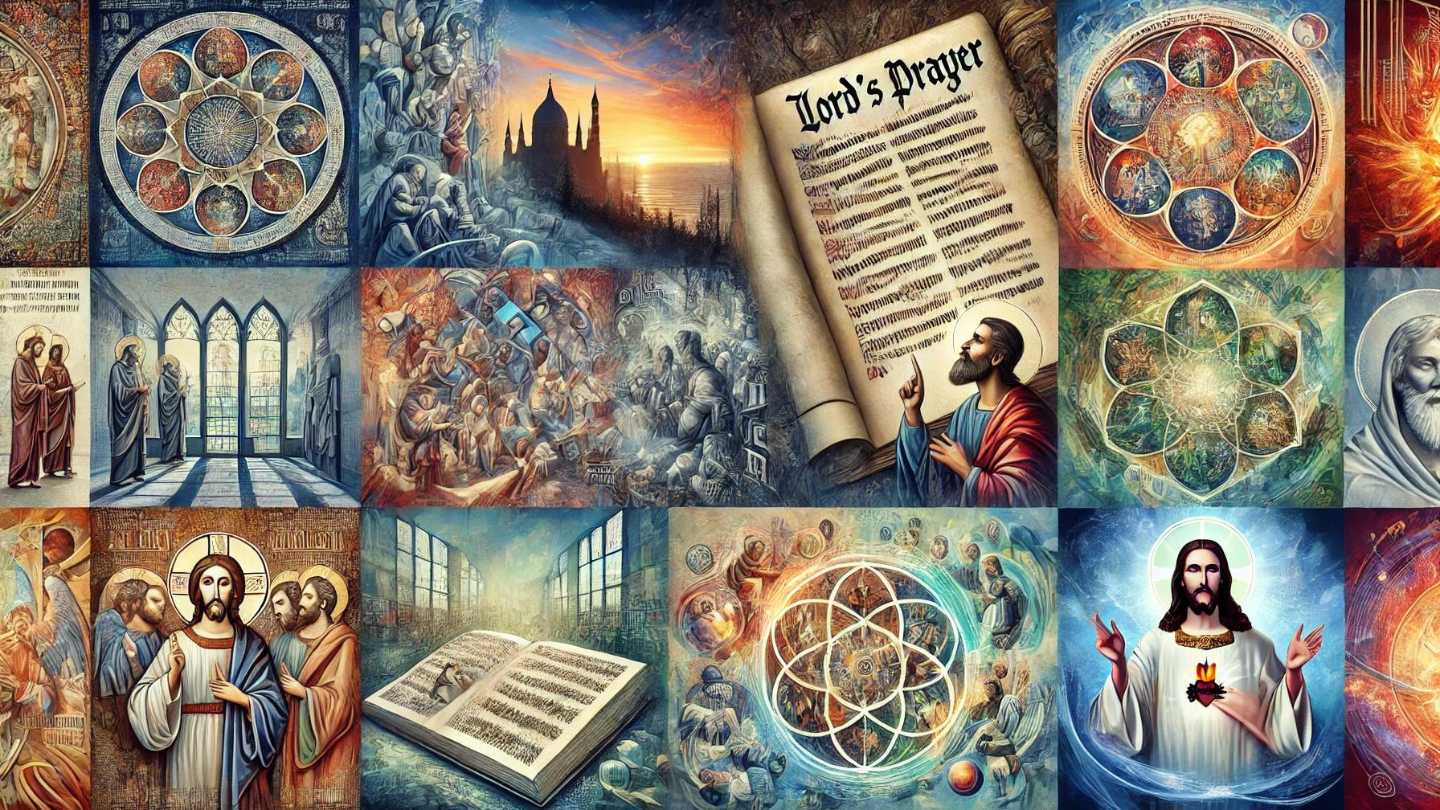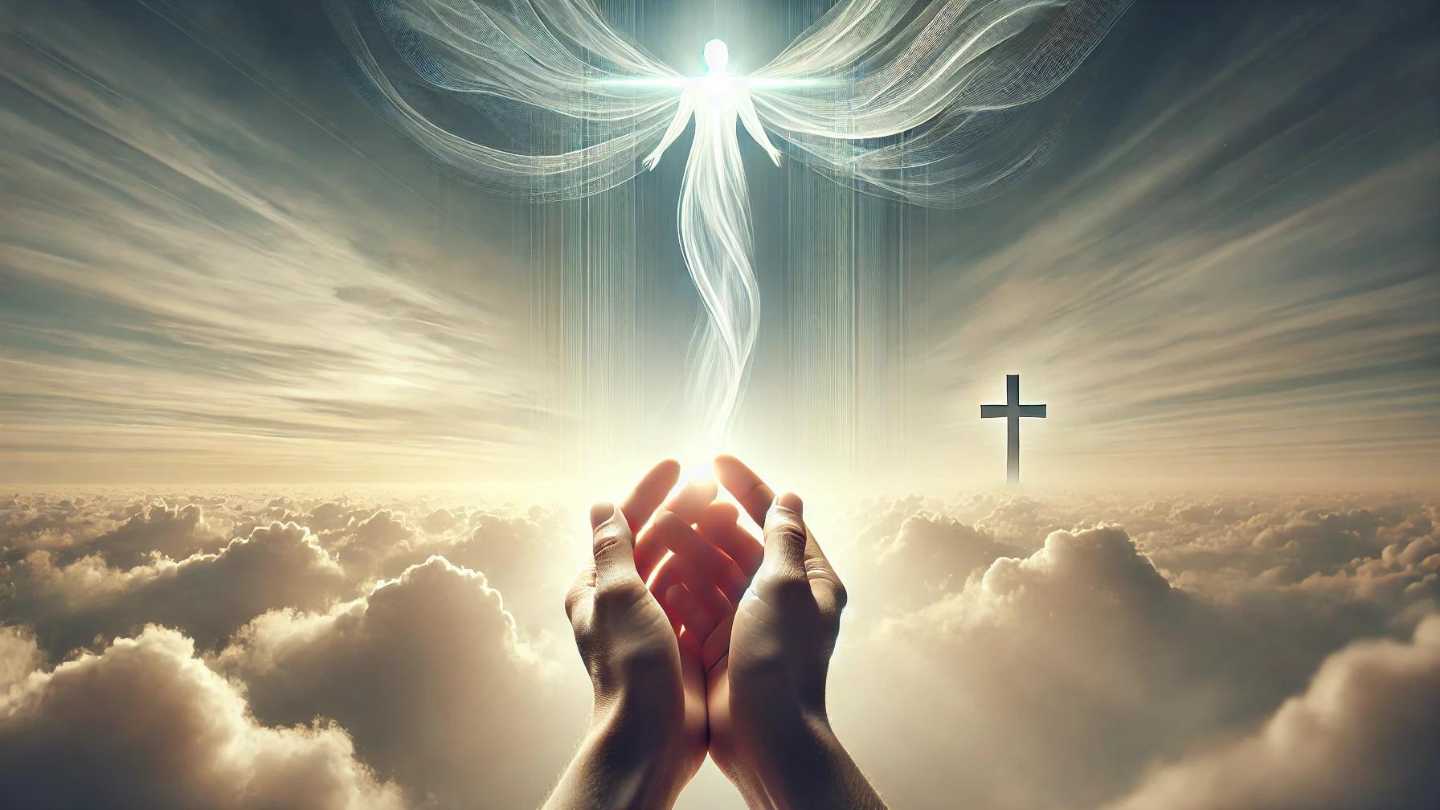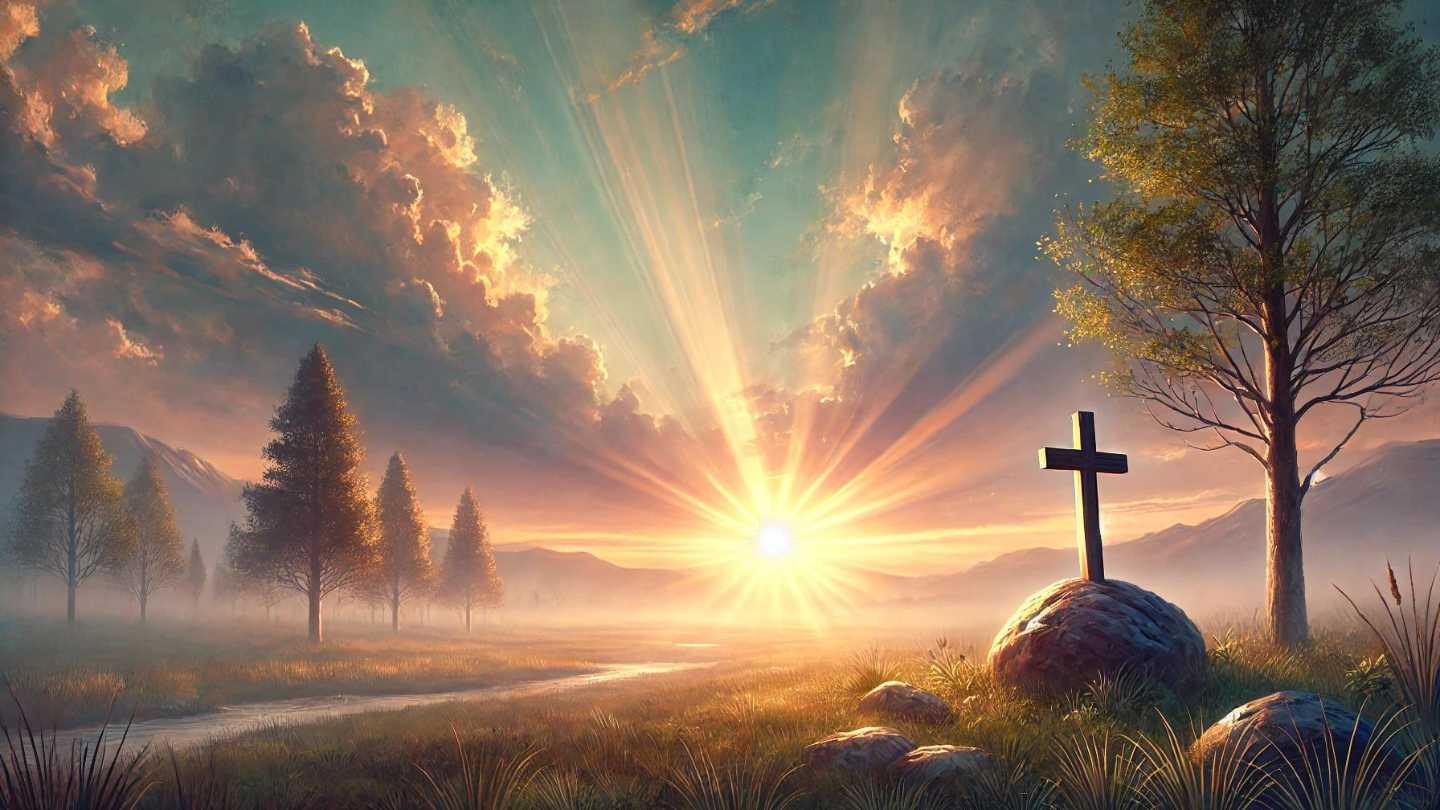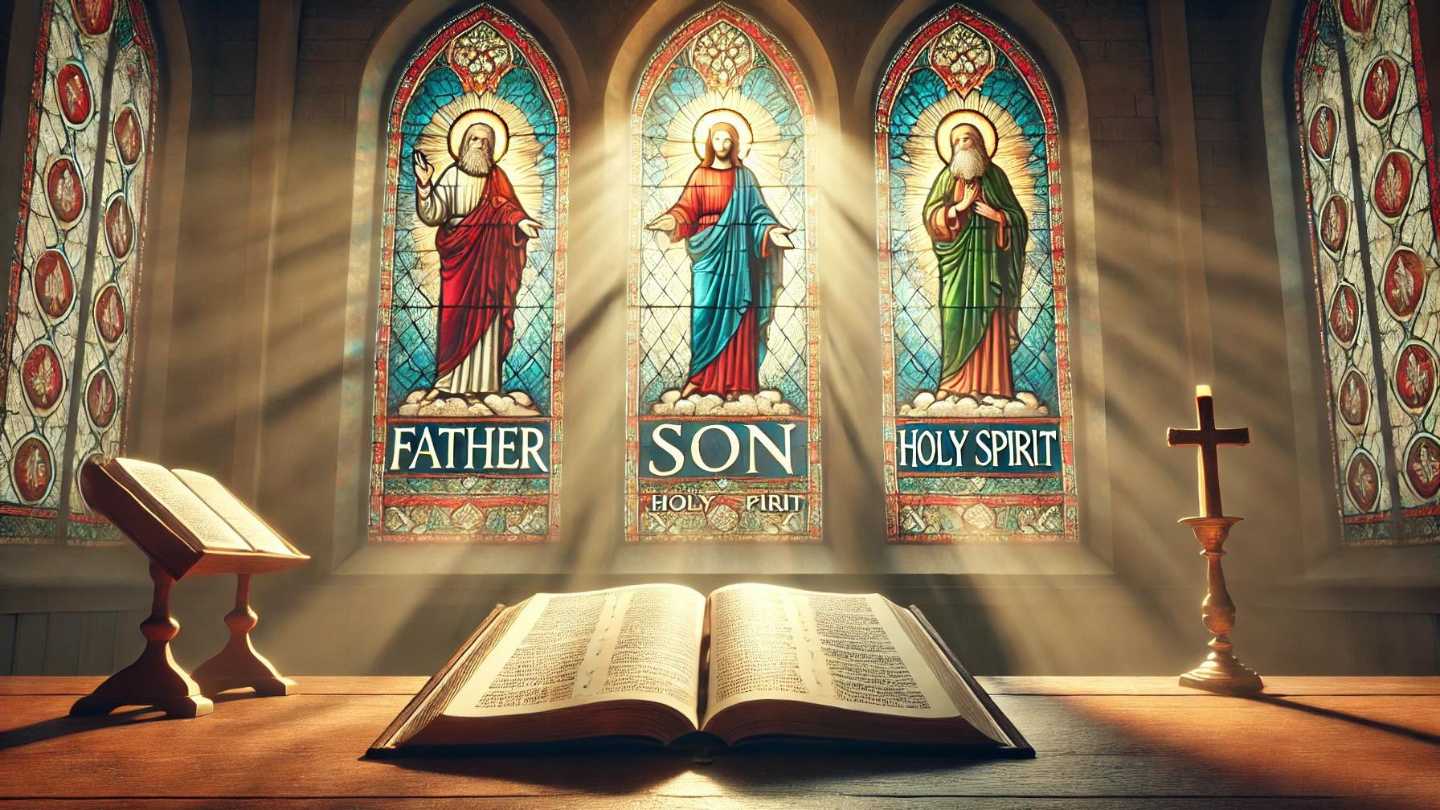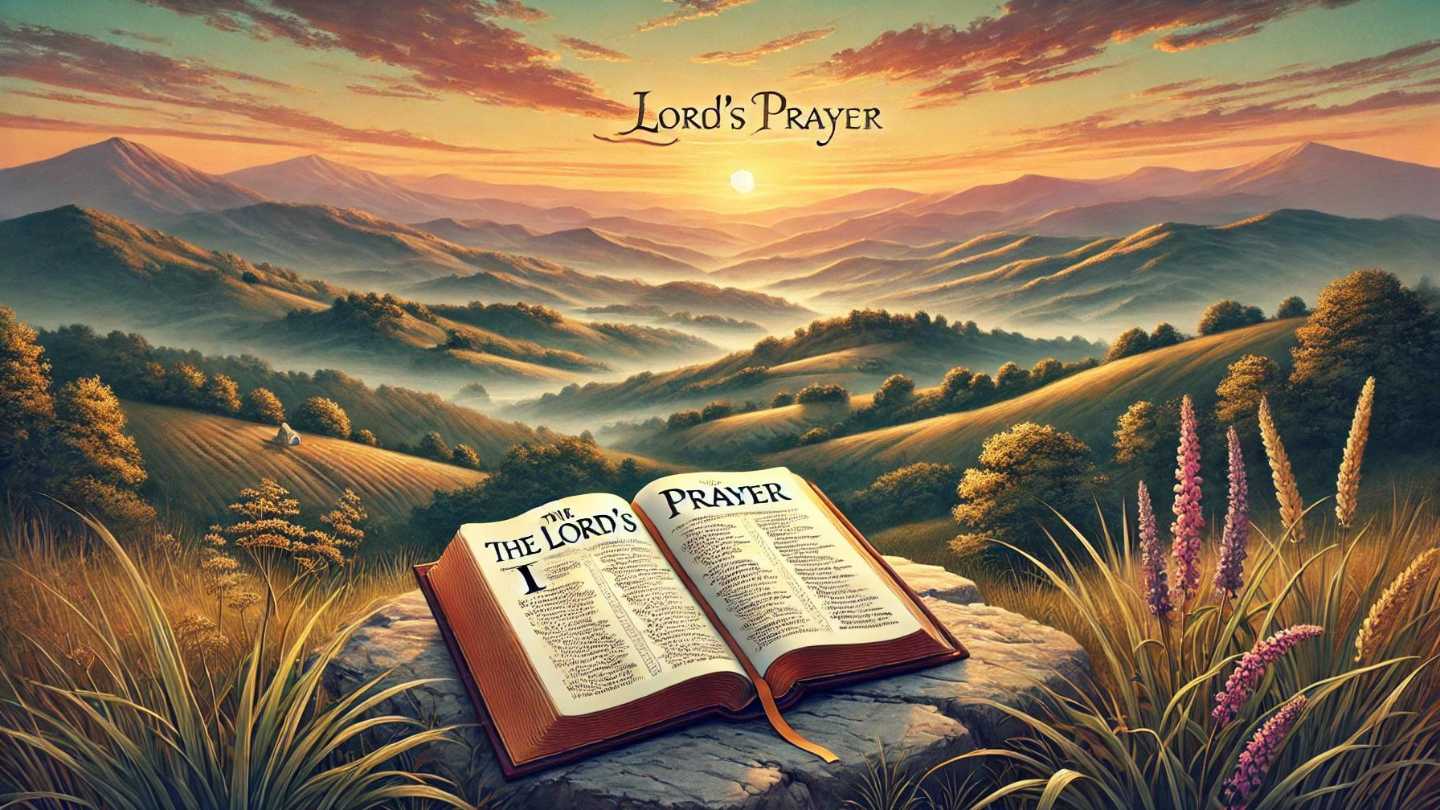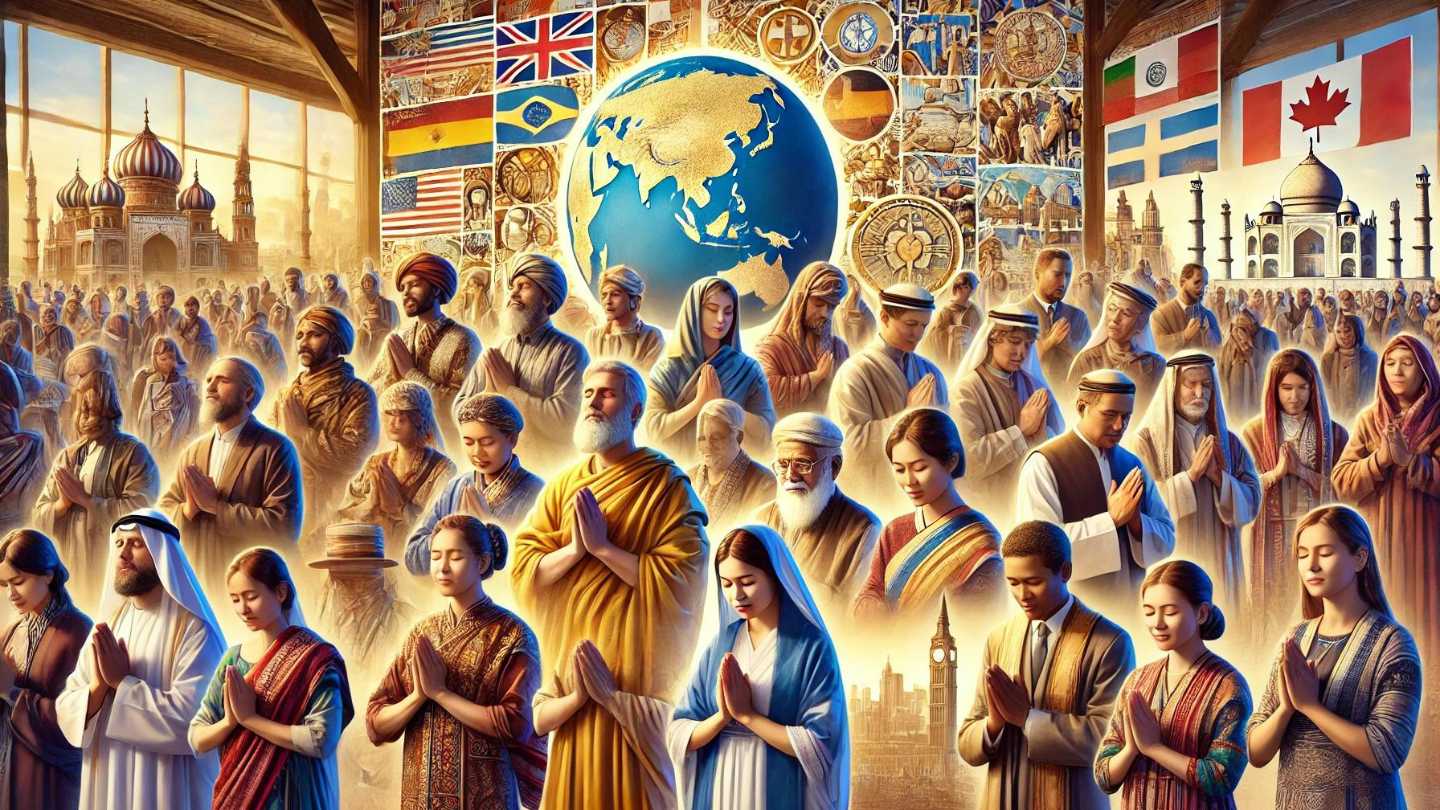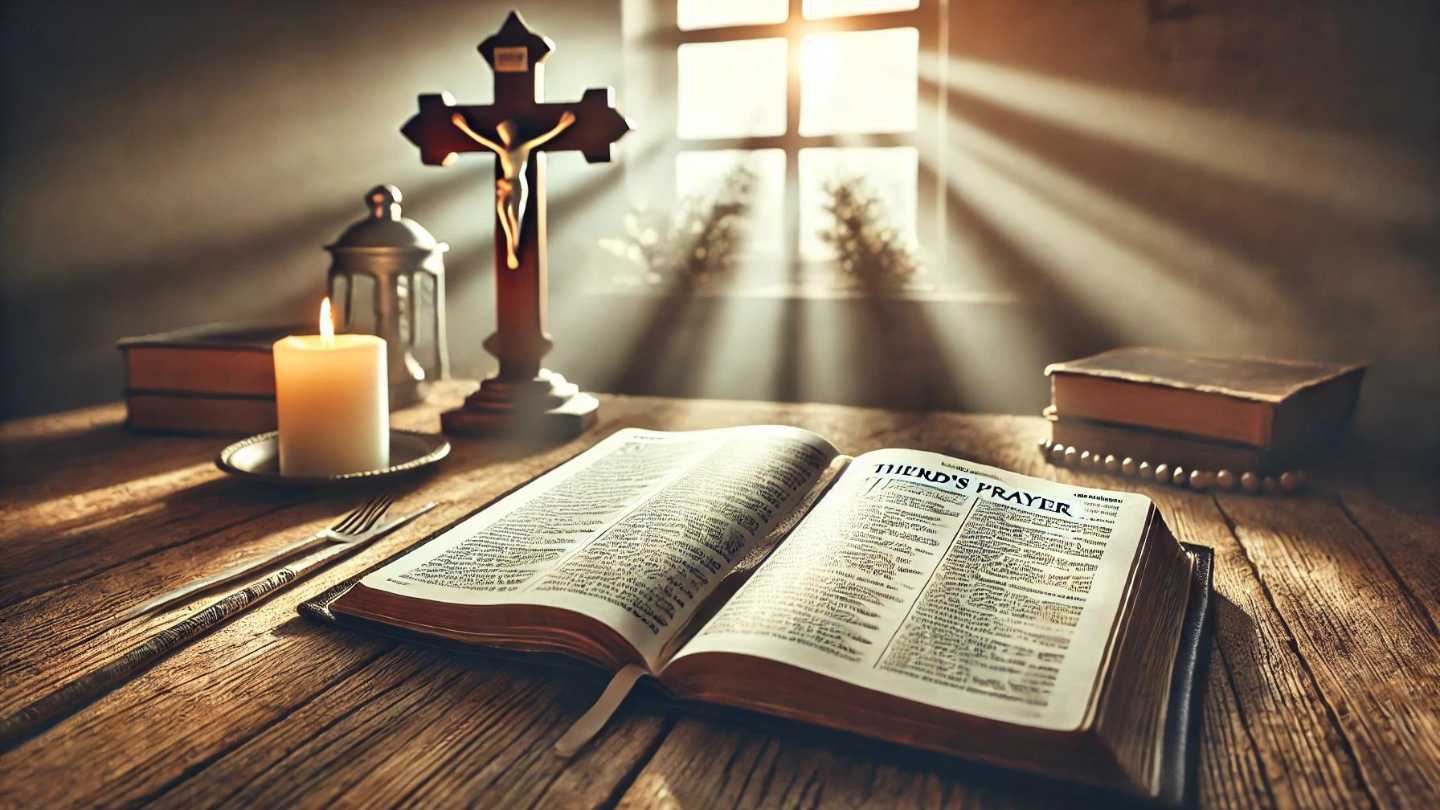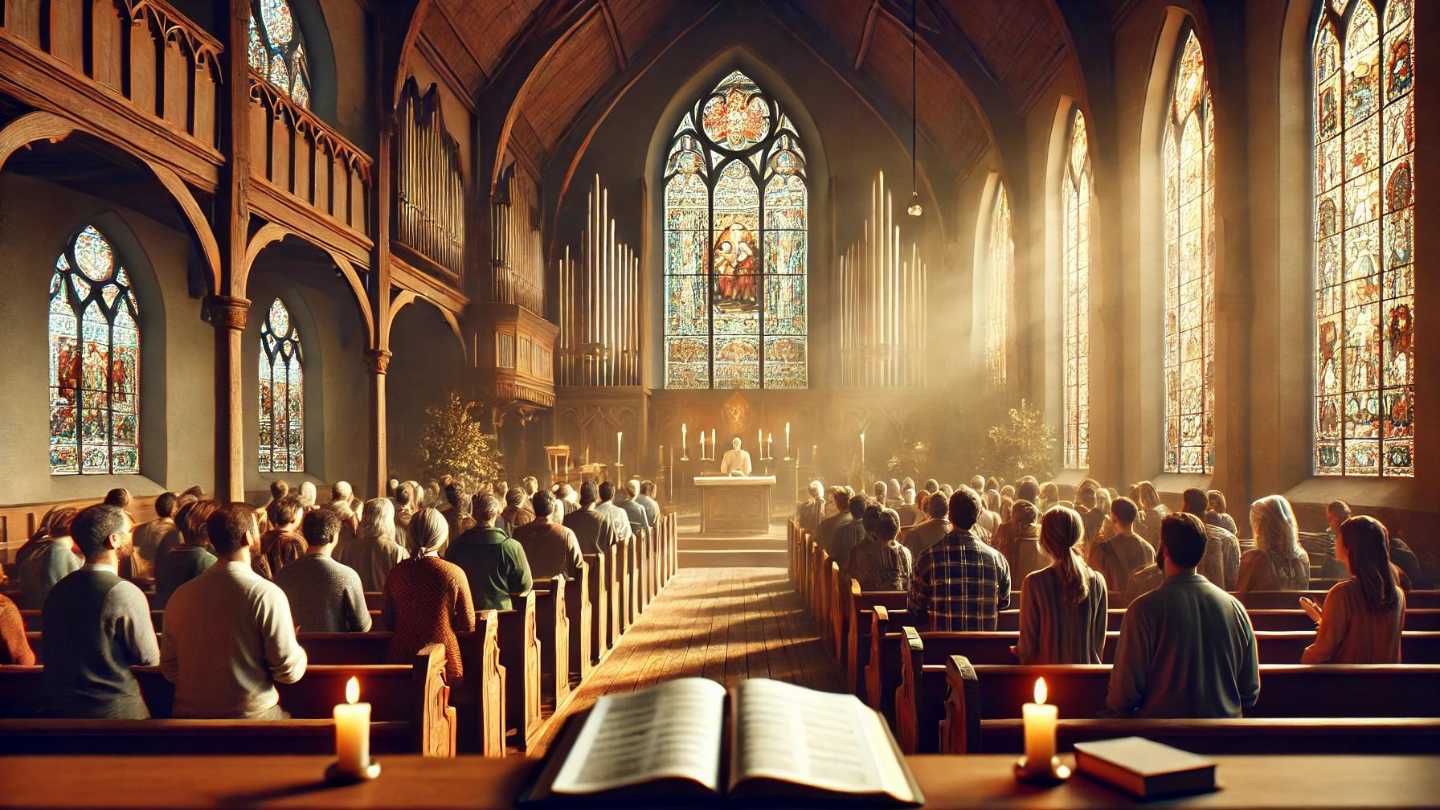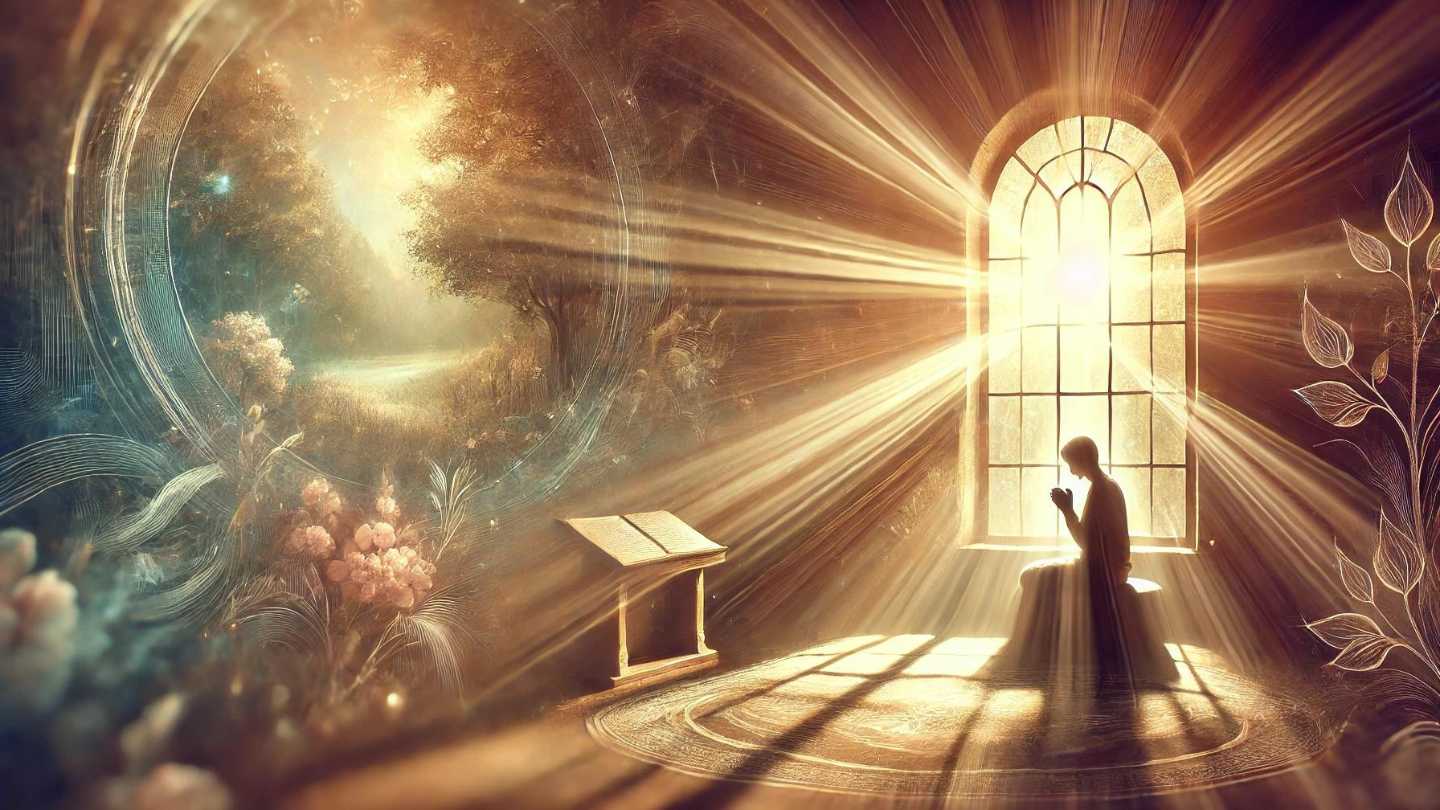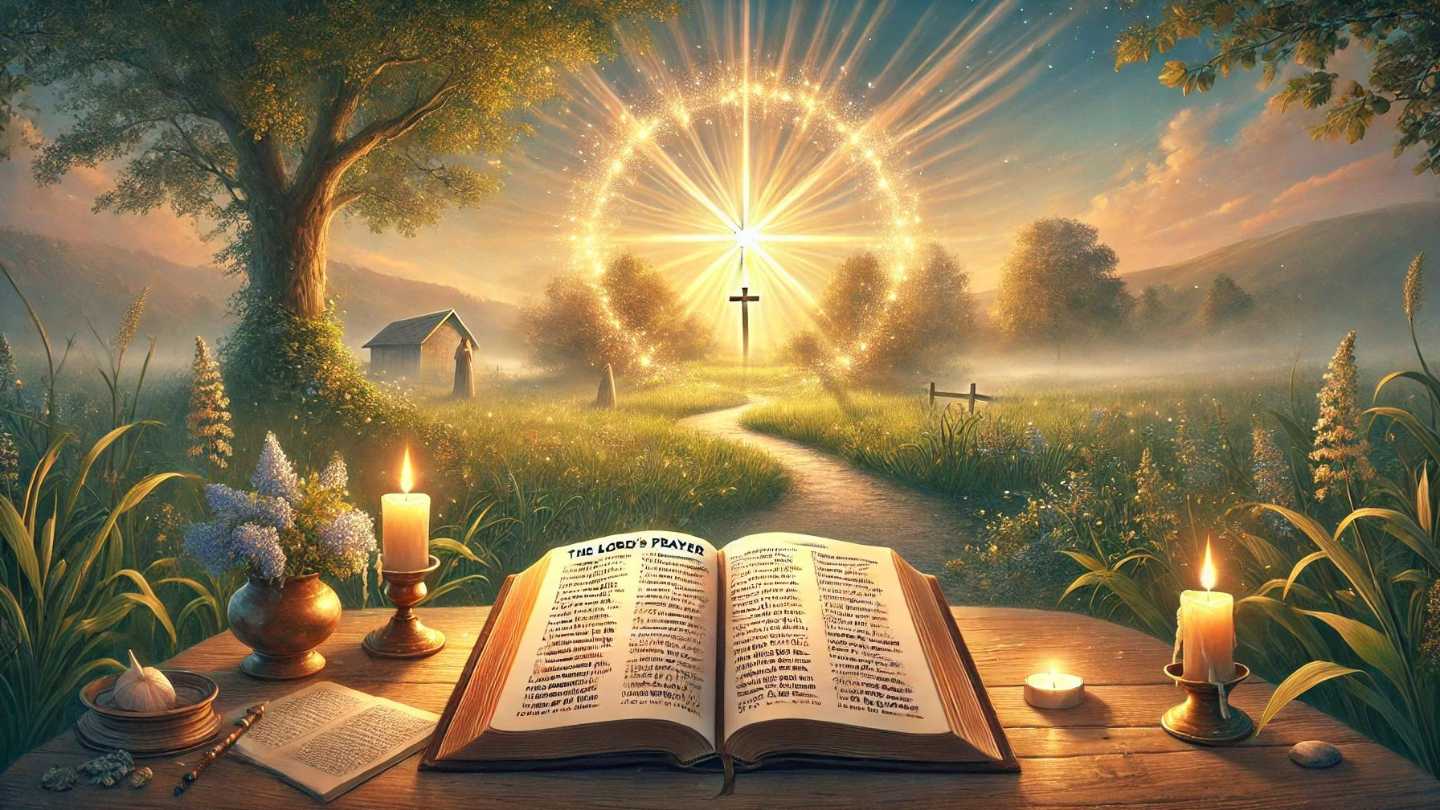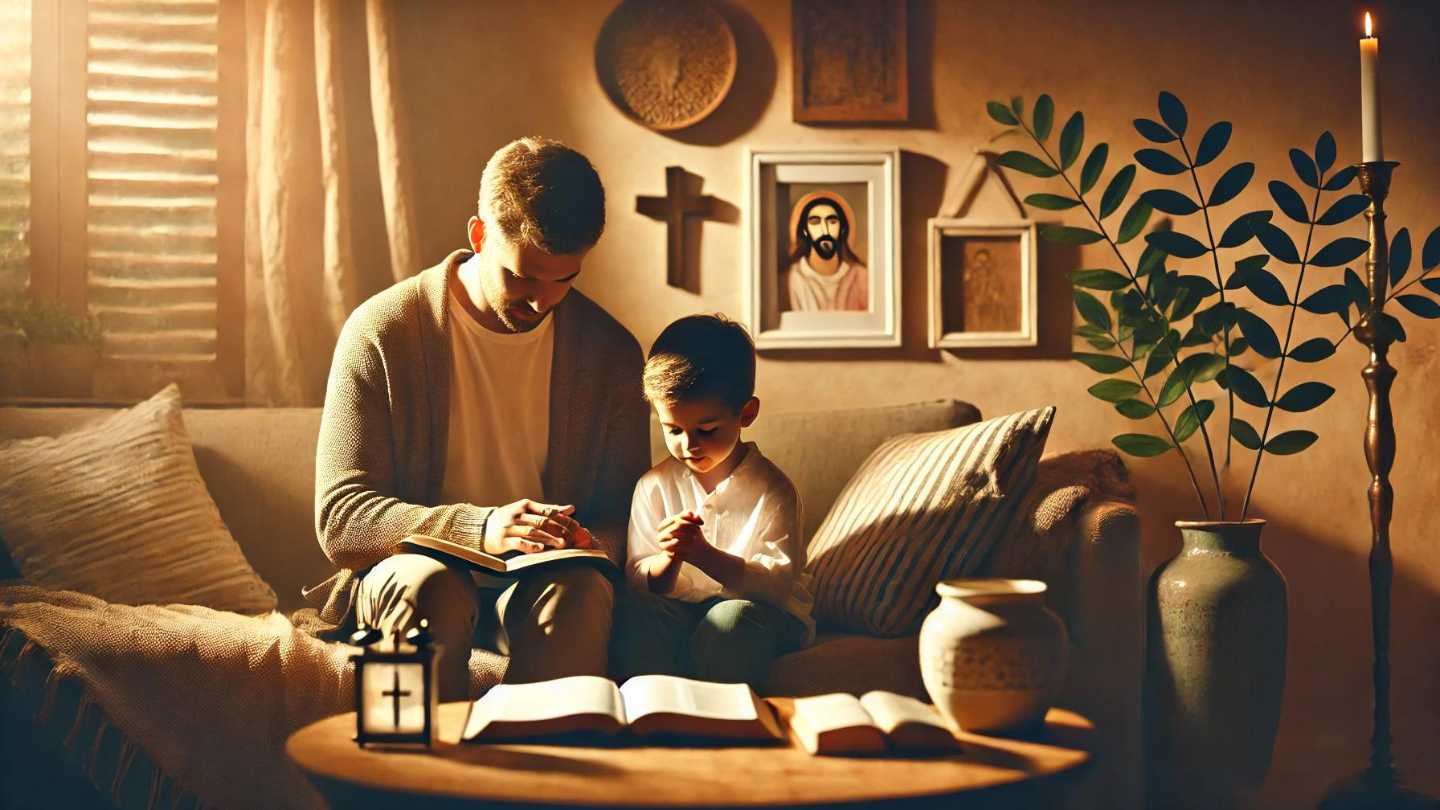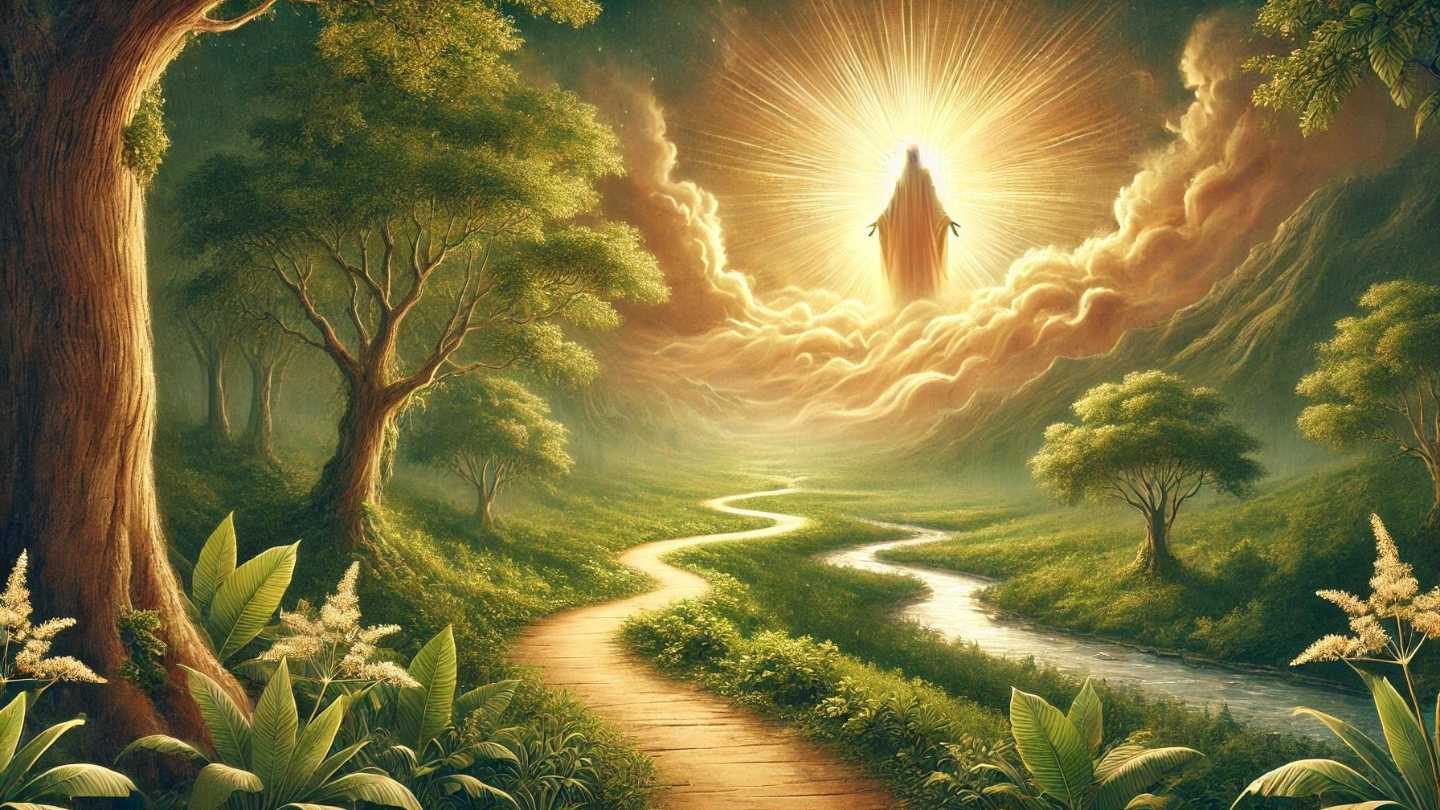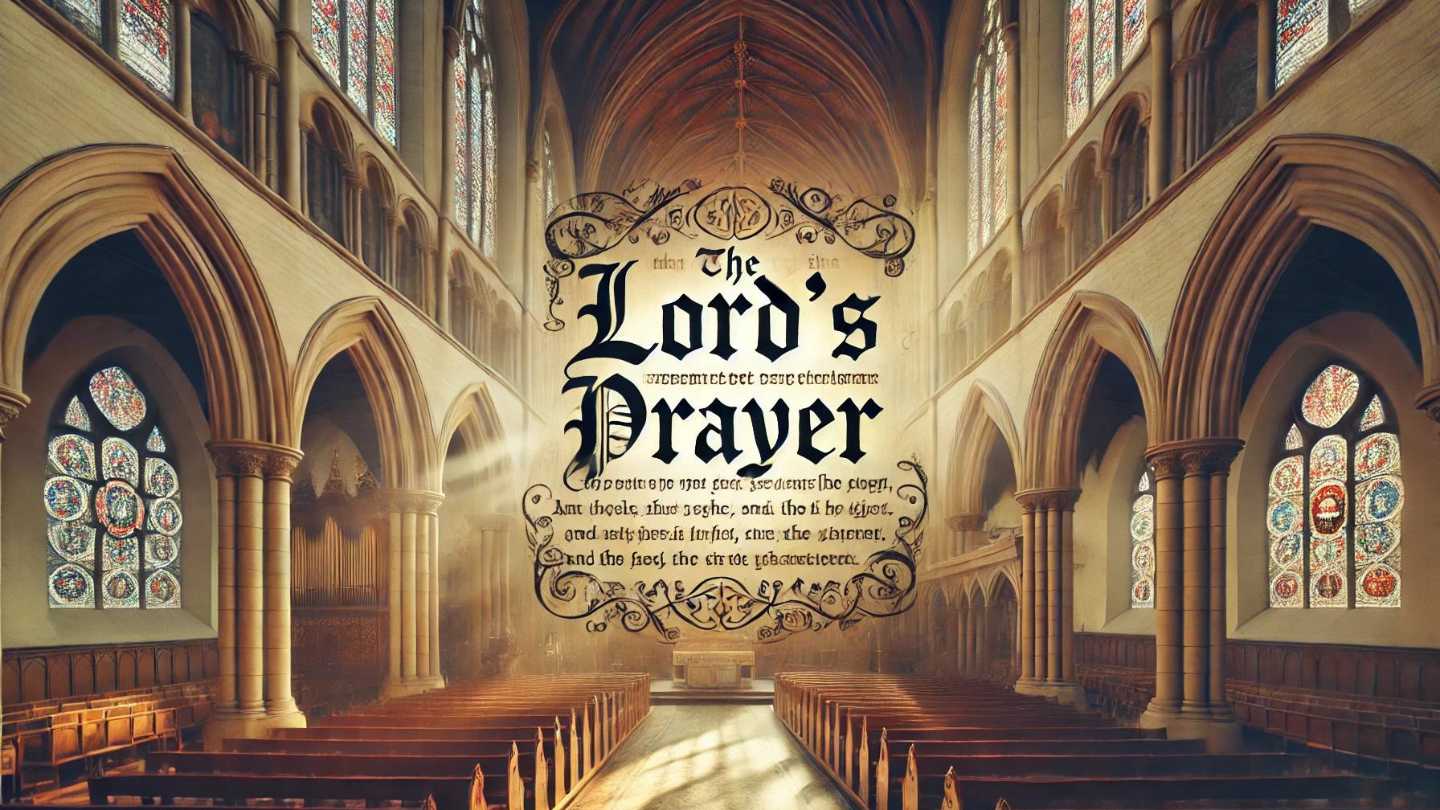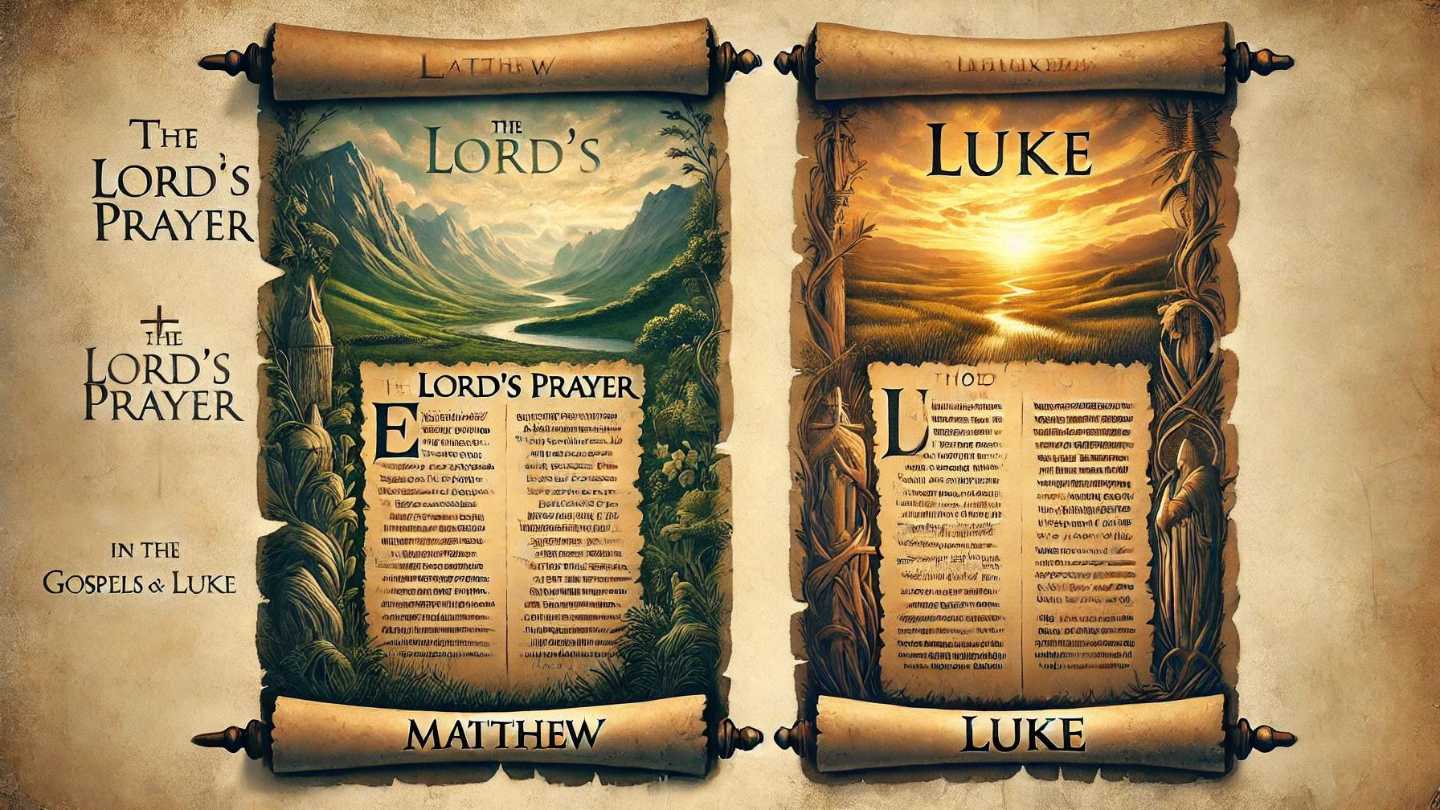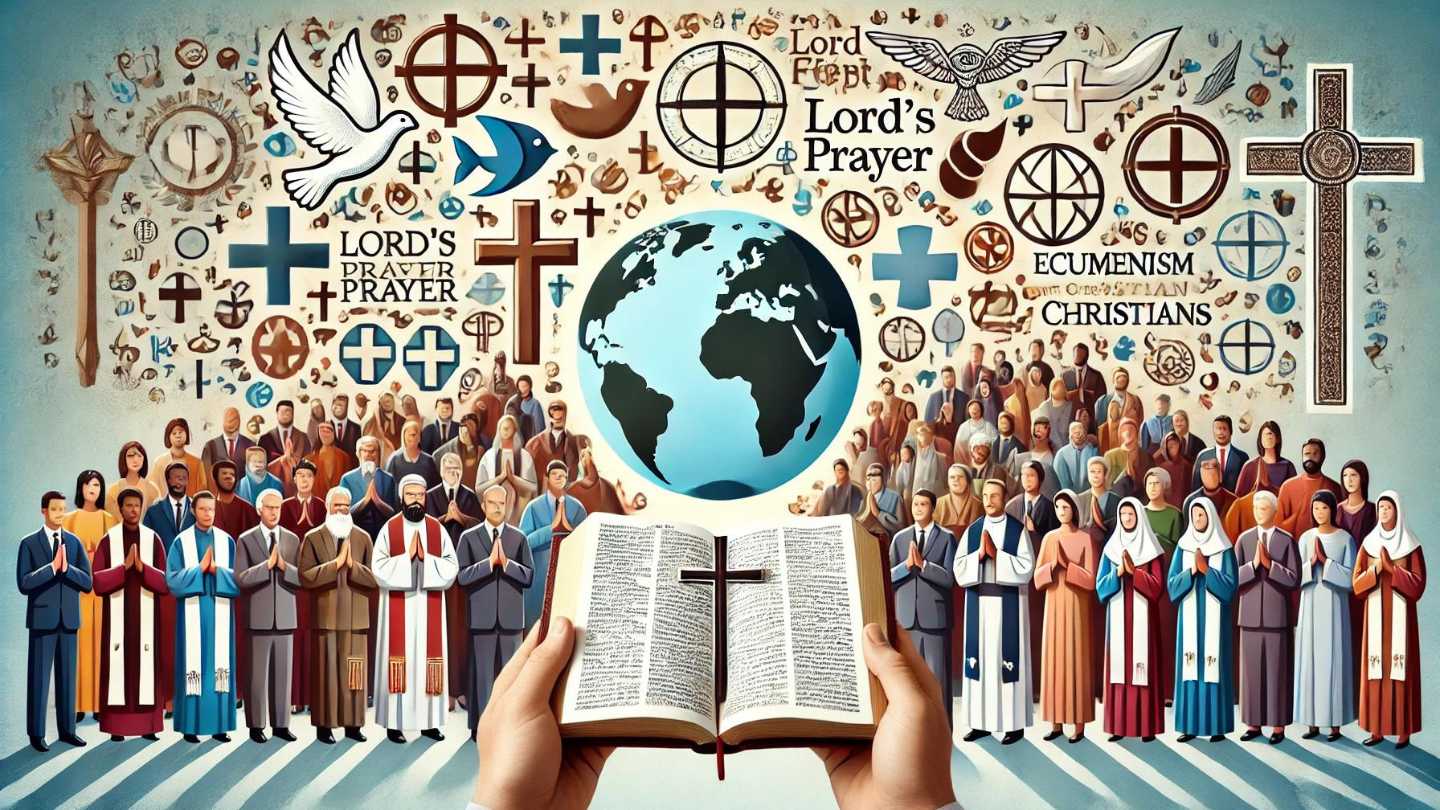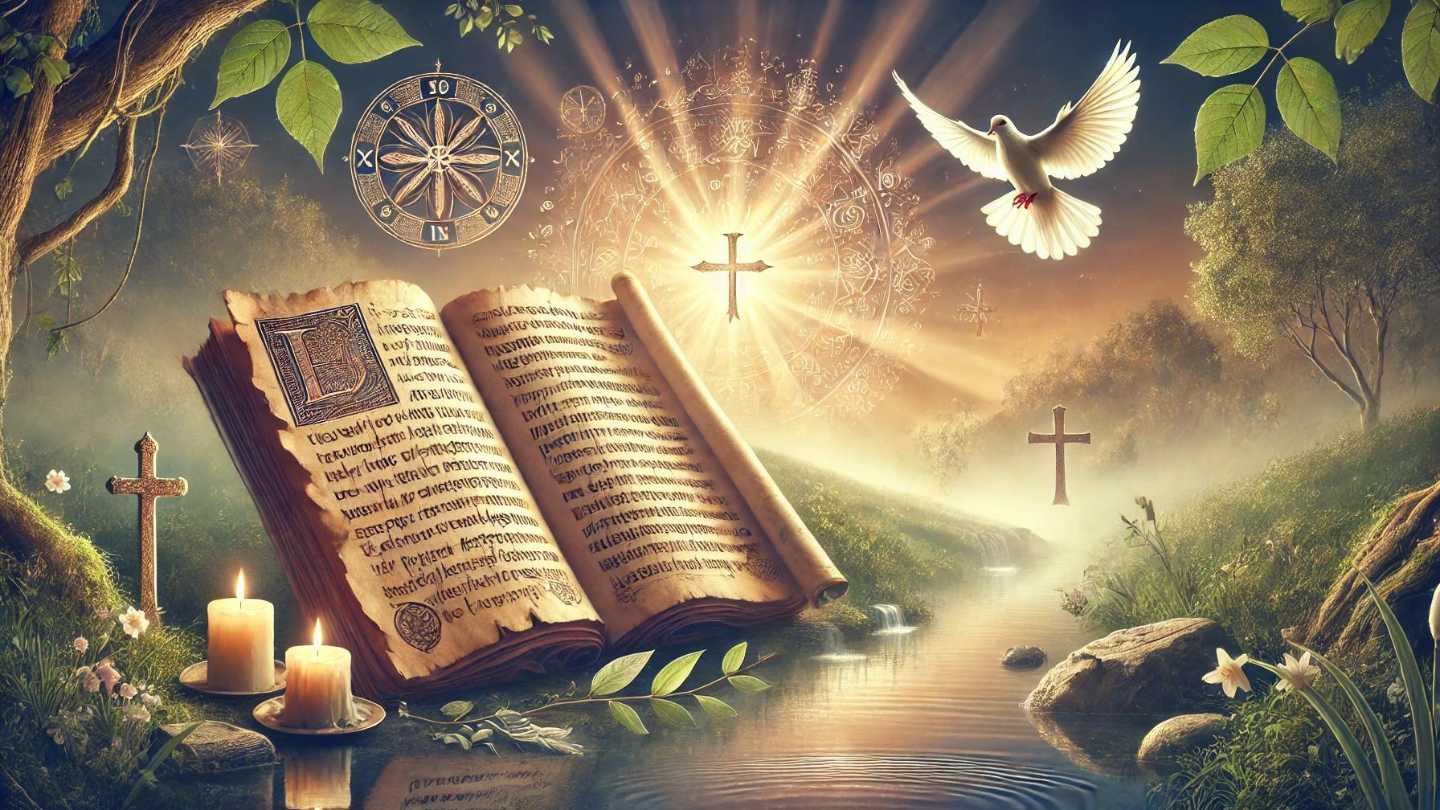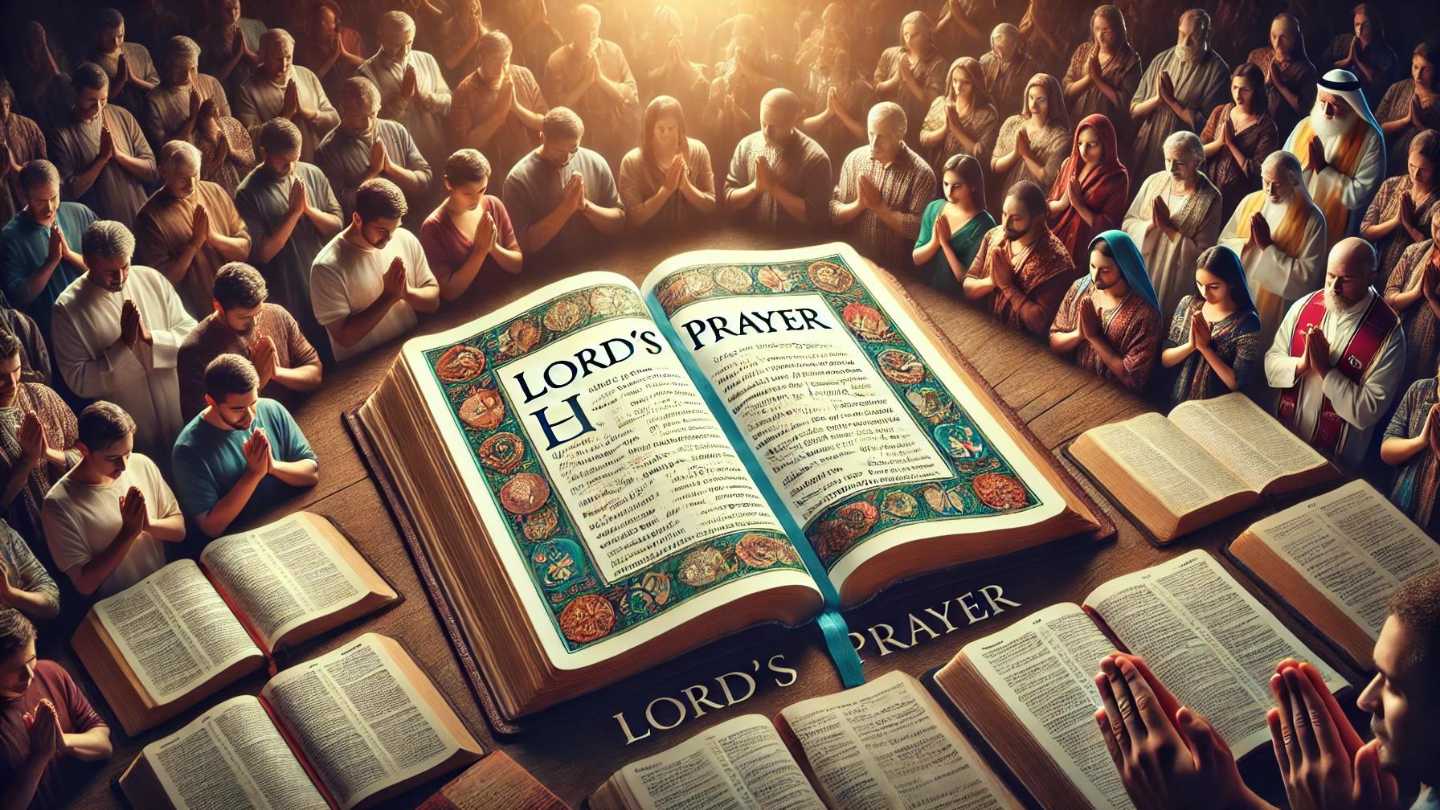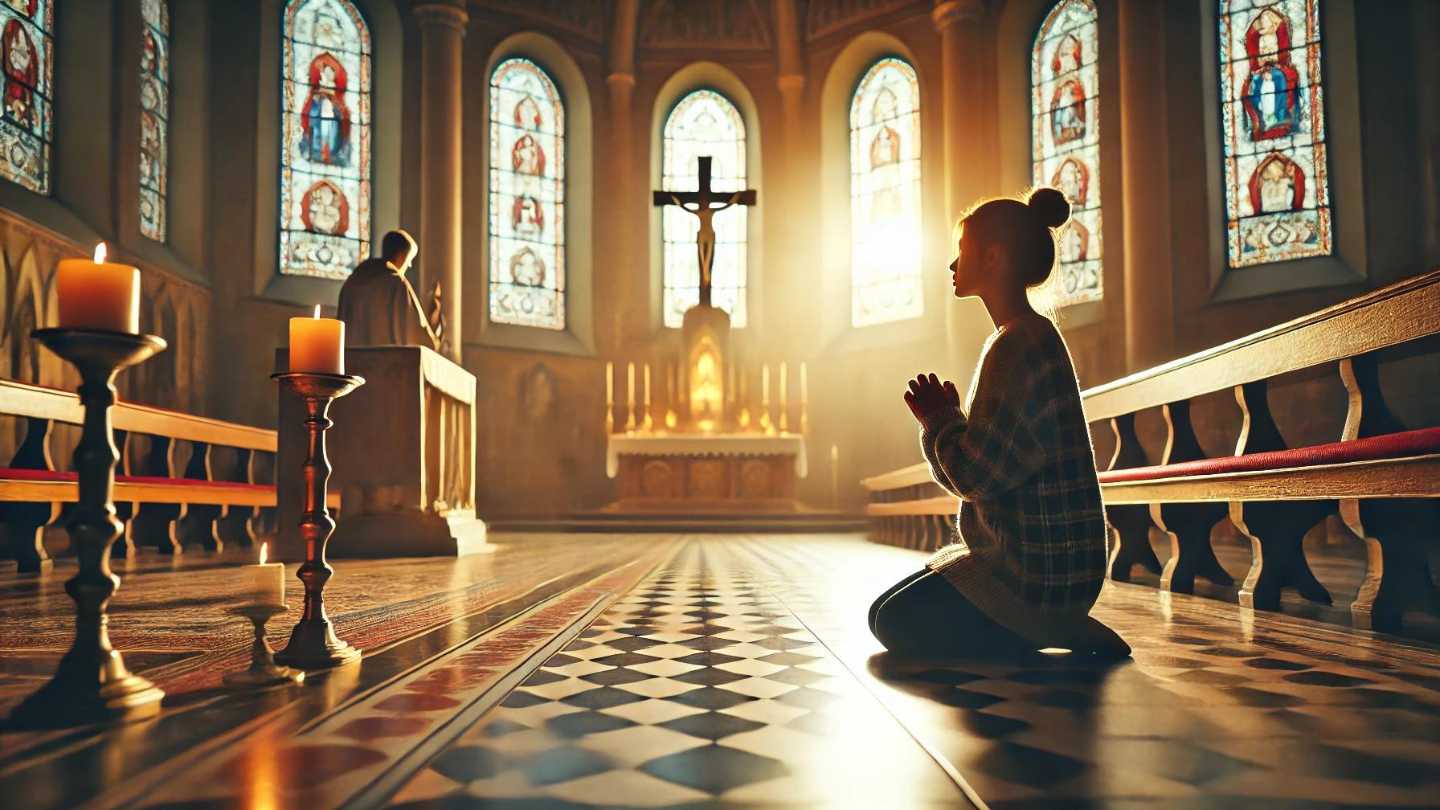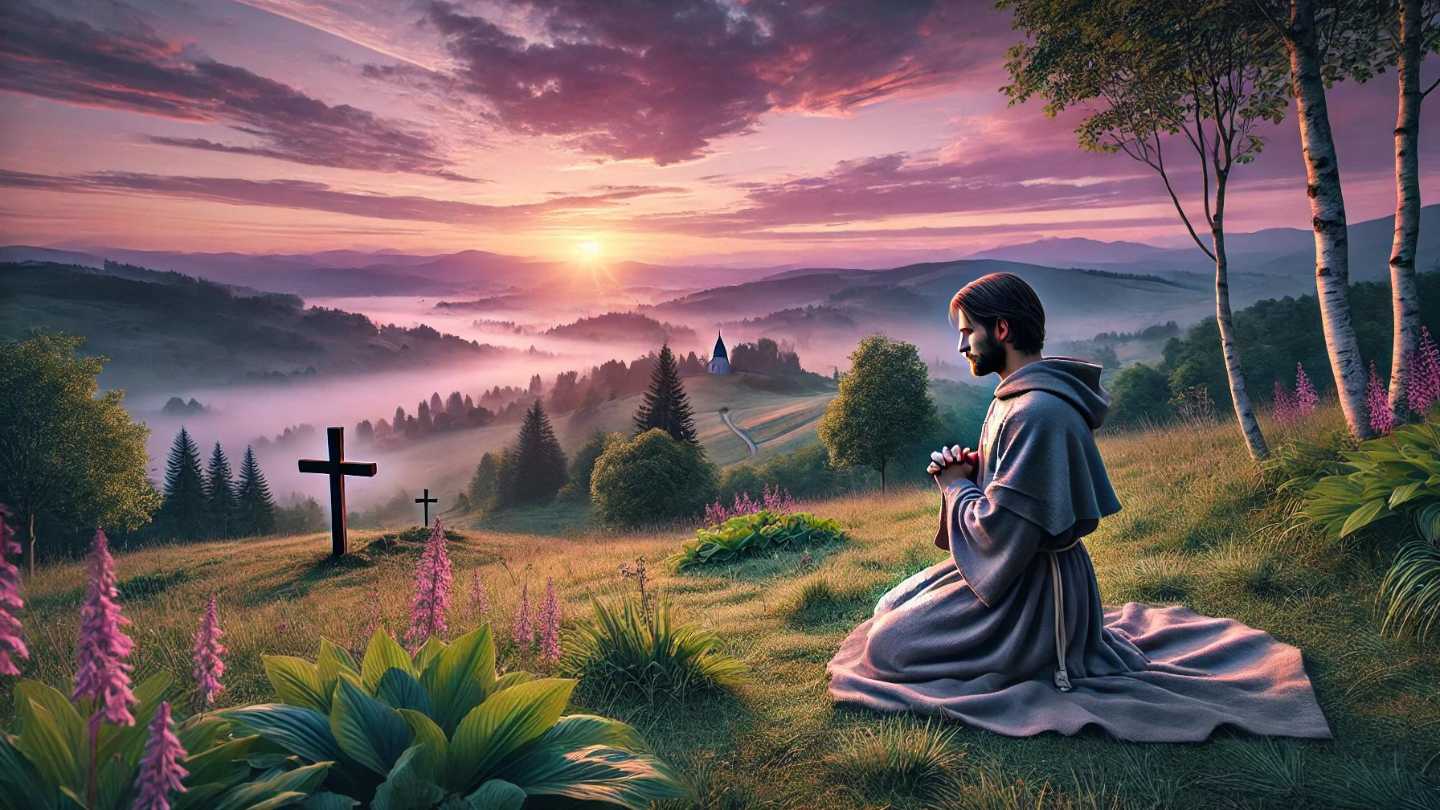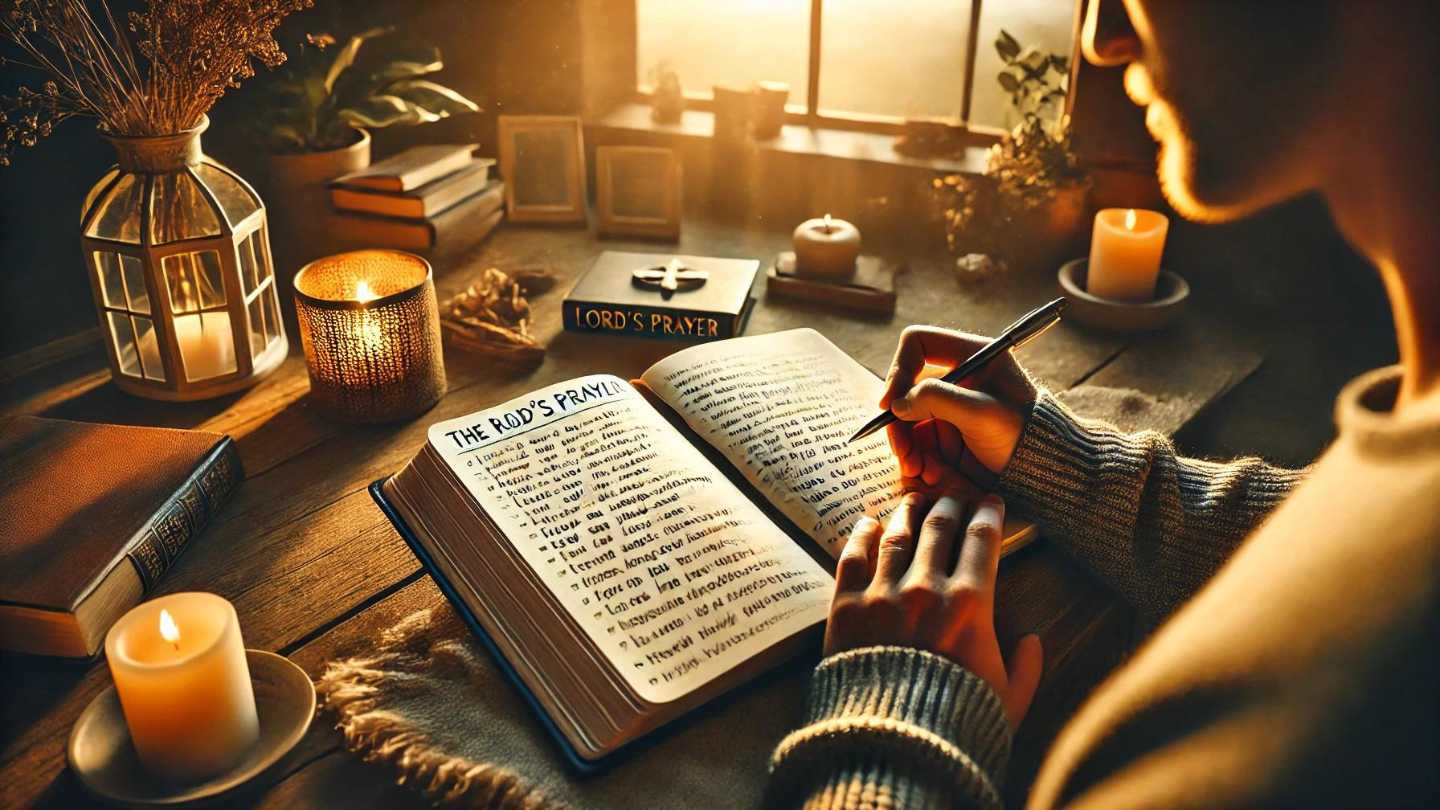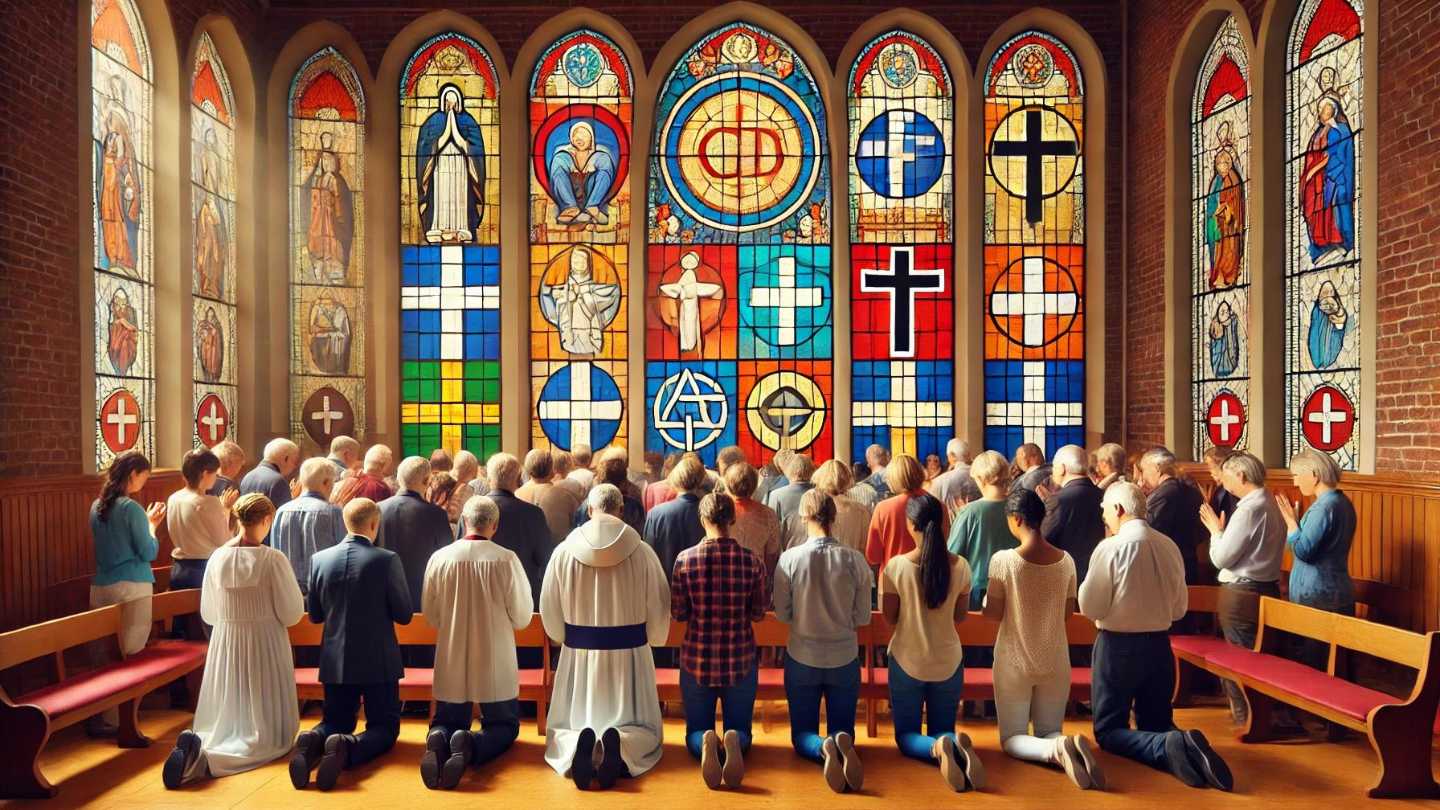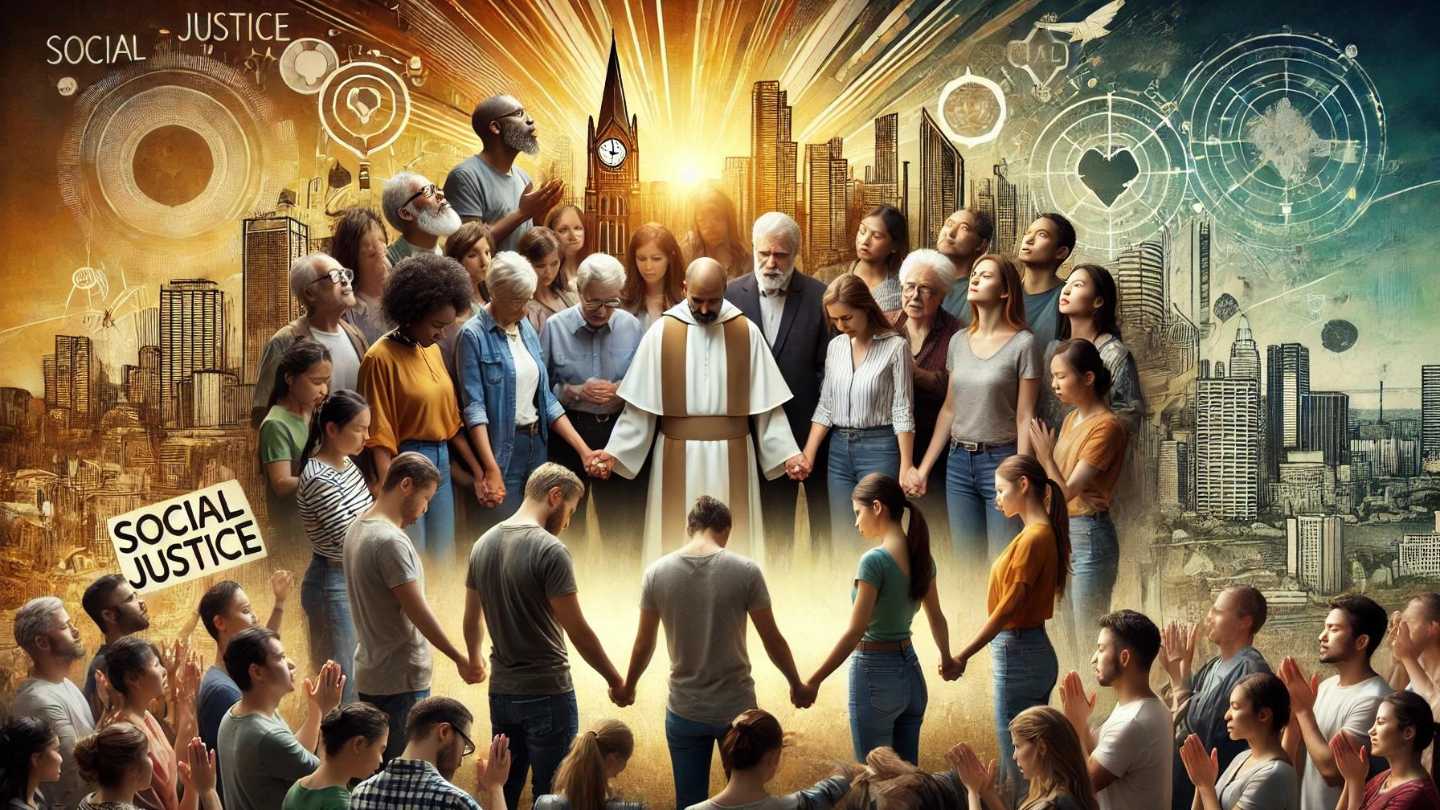The Lord’s Prayer, also known as the “Our Father,” holds a central place in Christian worship and spirituality. Its timeless words, attributed to Jesus Christ, have transcended religious boundaries to influence art and culture in profound ways. Throughout history, this prayer has been a source of inspiration for artists, musicians, writers, and filmmakers, shaping their creations and leaving a lasting impact on cultural heritage.
Historical Context and Artistic Depictions
The Lord’s Prayer has been a subject of artistic representation since the early days of Christianity. In medieval times, illuminated manuscripts featured the prayer in intricate calligraphy, often adorned with gold leaf and vibrant illustrations. These manuscripts served as both devotional tools and works of art, reflecting the reverence for the prayer.
During the Renaissance, artists like Leonardo da Vinci and Michelangelo captured the essence of the prayer in their masterpieces. Da Vinci’s “The Last Supper” subtly echoes the themes of the Lord’s Prayer, while Michelangelo’s Sistine Chapel ceiling includes depictions of God’s creation that resonate with the prayer’s opening line, “Our Father who art in heaven.”
Influence on Music and Literature
The Lord’s Prayer has also made a significant impact on music. Composers such as Johann Sebastian Bach and Franz Schubert created musical settings for the prayer, blending its spiritual message with harmonious melodies. These compositions have become staples in both liturgical services and concert halls, showcasing the prayer’s enduring appeal.
In literature, the prayer has been referenced and explored by countless authors. John Milton’s epic poem “Paradise Lost” includes allusions to the Lord’s Prayer, emphasizing its theological significance. More contemporary writers, such as T.S. Eliot and C.S. Lewis, have woven the prayer’s themes into their works, exploring its implications for faith and human experience.
Modern Interpretations and Cultural Impact
In modern times, the Lord’s Prayer continues to inspire artists across various mediums. Contemporary visual artists have reimagined the prayer through abstract and avant-garde styles, reflecting the diverse interpretations and personal connections people have with these sacred words. Street artists and muralists have also embraced the prayer, using public spaces to share its message with broader audiences.
Film and television have not been immune to the prayer’s influence. Numerous movies and shows incorporate the Lord’s Prayer in pivotal scenes, often highlighting moments of crisis, redemption, or reflection. Its presence in popular culture underscores its universal resonance and the deep emotional connections it fosters.
Final Thoughts
The Lord’s Prayer remains a profound and enduring element of Christian faith, deeply embedded in the fabric of art and culture. Its influence spans centuries, inspiring countless creative expressions that continue to captivate and move people worldwide. As we explore these artistic and cultural representations, we are reminded of the prayer’s timeless power to unite, inspire, and elevate the human spirit.
Related Articles
Author

Alona Smith is a devoted follower of Jesus Christ who believes that life’s true purpose is found in knowing Him and making Him known. She is passionate about sharing God’s Word with clarity and compassion, helping others see the beauty of the gospel of grace revealed through the Apostle Paul.
Grounded in Scripture and led by the Spirit, Alona seeks to live out her faith in practical ways—showing kindness, extending forgiveness, and walking in love. Whether serving in her local church, encouraging a friend in need, or simply living as a light in her community, she strives to reflect Christ in both word and deed.

